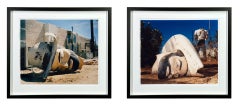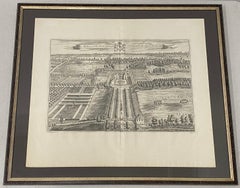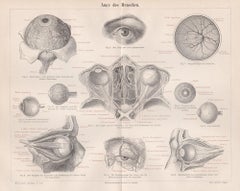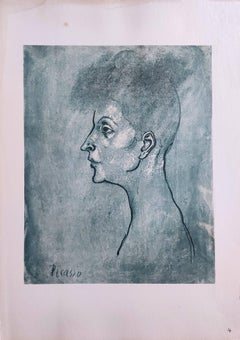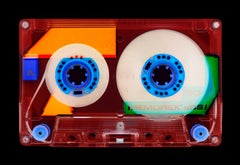More Prints
2010s Pop Art More Prints
Photographic Paper, C Print, Color, Silver Gelatin
2010s Contemporary More Prints
Photographic Paper, C Print, Color, Silver Gelatin
Early 18th Century More Prints
Etching
Late 19th Century Naturalistic More Prints
Engraving
1940s Modern More Prints
Lithograph
2010s Pop Art More Prints
Photographic Paper, C Print, Color, Silver Gelatin
1990s Surrealist More Prints
Lithograph
2010s Pop Art More Prints
Photographic Paper, C Print, Color, Silver Gelatin
2010s Pop Art More Prints
Photographic Paper, C Print, Color, Silver Gelatin
21st Century and Contemporary Pop Art More Prints
Giclée
1970s Pop Art More Prints
Etching, Aquatint, Lithograph
Late 19th Century Naturalistic More Prints
Lithograph
1960s More Prints
Lithograph
1960s Surrealist More Prints
Etching
1970s Surrealist More Prints
Lithograph
1940s More Prints
Woodcut
1970s Pop Art More Prints
Paper, Offset
1980s Contemporary More Prints
Lithograph
1970s American Impressionist More Prints
Offset
1980s Contemporary More Prints
Lithograph
21st Century and Contemporary Pop Art More Prints
Offset, Paper
Mid-20th Century American Modern More Prints
Color, Screen
Early 2000s Pop Art More Prints
Photographic Paper, C Print, Color, Silver Gelatin
2010s Contemporary More Prints
Lithograph
Late 19th Century Naturalistic More Prints
Lithograph
2010s Contemporary More Prints
Archival Pigment
1950s Surrealist More Prints
Lithograph
1960s American Modern More Prints
Woodcut
1950s Modern More Prints
Wood, Archival Paper, Engraving
Early 1900s Naturalistic More Prints
Lithograph
21st Century and Contemporary Pop Art More Prints
Photographic Paper, C Print, Color, Silver Gelatin
1960s Modern More Prints
Lithograph
1910s American Modern More Prints
Lithograph
1930s Art Deco More Prints
Lithograph
2010s Contemporary More Prints
Photographic Paper, C Print, Color, Silver Gelatin
Early 2000s Street Art More Prints
Screen
1960s Symbolist More Prints
Lithograph
Late 19th Century Naturalistic More Prints
Lithograph
1920s Modern More Prints
Etching
1970s Surrealist More Prints
Lithograph
1960s Pop Art More Prints
Lithograph
1950s Modern More Prints
Lithograph
1970s Abstract Expressionist More Prints
Lithograph, Offset
Late 18th Century Naturalistic More Prints
Engraving
1970s Surrealist More Prints
Lithograph
Late 19th Century Naturalistic More Prints
Lithograph
2010s Op Art More Prints
Screen
2010s Pop Art More Prints
Photographic Paper, C Print, Color, Silver Gelatin
1960s Surrealist More Prints
Etching
1980s Abstract Expressionist More Prints
Graphite, Screen
1730s Naturalistic More Prints
Engraving
1940s American Impressionist More Prints
Lithograph
1950s American Modern More Prints
Offset
1930s Realist More Prints
Etching
Early 2000s Pop Art More Prints
Screen
2010s Contemporary More Prints
Screen
1940s American Realist More Prints
Offset
2010s Pop Art More Prints
Photographic Paper, C Print, Color, Silver Gelatin
1940s Modern More Prints
Lithograph
1990s Contemporary More Prints
Paper, Etching, Aquatint
